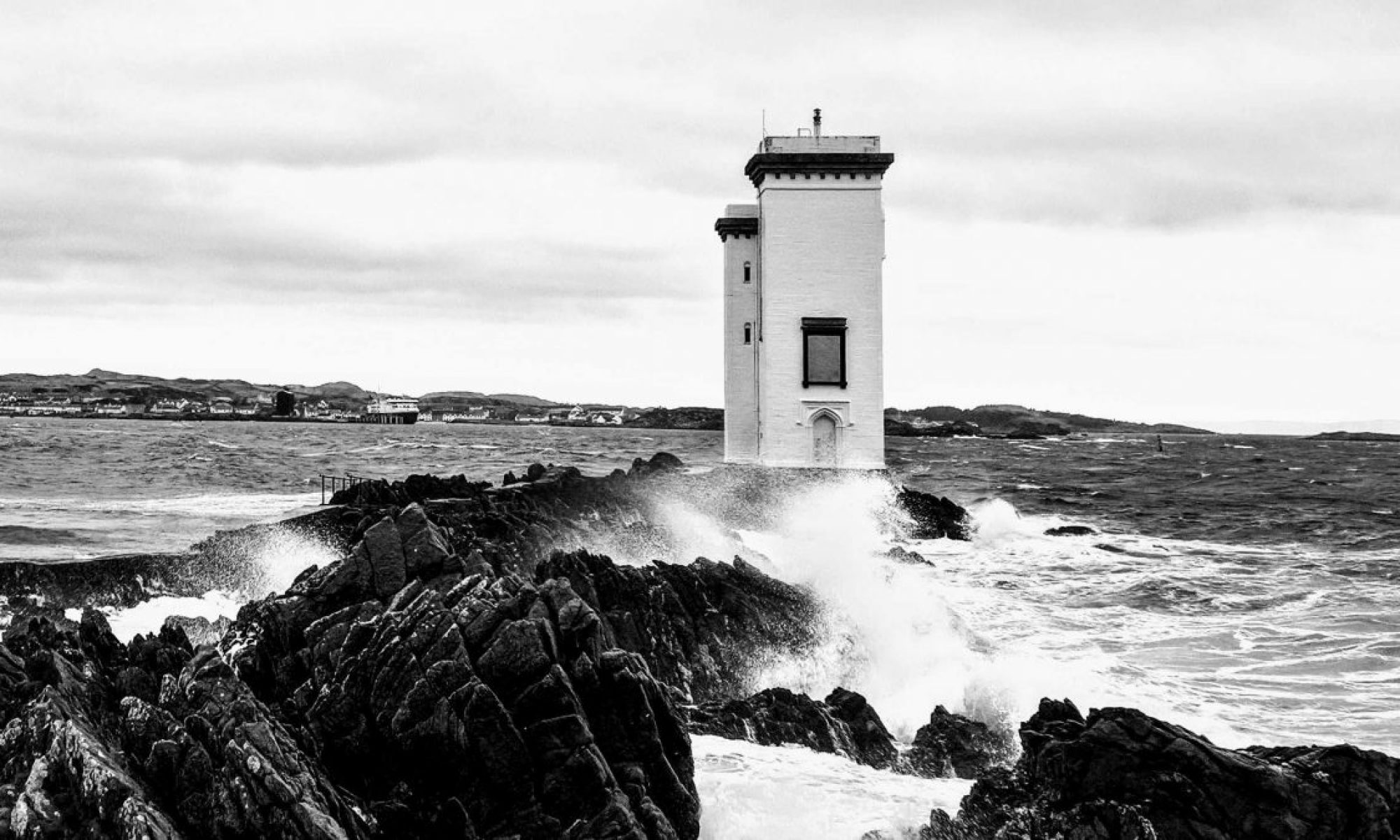 On the 25th of August, Port Ellen Primary along with their teacher Mrs Clark, Mr Gairns, Mrs Logan and Struan’s dad Mr Colthart, went to a fascinating archaeological trip to the Giant’s Grave. We were going there because we really wanted to learn about Islay History. As we got onto the bus, I was filling up with excitement. We were in the bus for quite a while until we got to Nerabus. As we got off the bus, I couldn’t wait to start walking to the Giant’s Grave. Also, Professor Steven Mithin walked with us.
On the 25th of August, Port Ellen Primary along with their teacher Mrs Clark, Mr Gairns, Mrs Logan and Struan’s dad Mr Colthart, went to a fascinating archaeological trip to the Giant’s Grave. We were going there because we really wanted to learn about Islay History. As we got onto the bus, I was filling up with excitement. We were in the bus for quite a while until we got to Nerabus. As we got off the bus, I couldn’t wait to start walking to the Giant’s Grave. Also, Professor Steven Mithin walked with us.
On the trip, we walked one hour and ten minutes to the Giant’s Grave. Before we got there, my friend Abi fell into a big stream and got soaking wet. When we were all set we started walking again. On the way, we saw loads of blood red and white mushrooms. They looked really interesting. Finally we got to the Giant’s Grave. I thought it looked amazing and very inspiring. It was as peaceful as the sun crawling up a hill. As we were strolling to the heart of the dig I gazed at the awesome rocks forming the Giant’s grave.
After we had our break, we got up and circled around the Grave. We listened to the archaeologists from Reading University explain about the Giant’s Grave and what they think it used to be six thousand years ago. After they told us about the Grave, we split up and got into partners to work with the archaeologists to help with the Grave. Rebecca and me went to Tom who told us that he worked in the muddiest corner to dig out the peaty mud that could be burying important artifacts. We got a shovel and started to dig the icky sticky mud.
When we were told to move we really enjoyed helping Tom with the mud and digging. When we moved over we went to a lady named Sarah who helped us take pictures of the site with her. We learned that it was a hard job getting the right angles when you take the pictures. We also took stalk photos when we creep up to the others and take pictures of them. Then, with a heavy heart, we went back to the others and sat in the gazebo. We listened to a Dendrochronologist speak about his job as a person who looks at tree rings on the trunk to see how old it is. I thought that was fascinating that you could calculate how old a tree is by looking at the lines.
After we had our lunch, we said goodbye to the people there and we left the Giant’s grave. I really enjoyed myself and I really hope that I could meet them again soon on a different dig. I thought that the dig was phenomenal and I really hope to go again.
By Kaya Middleton P7
 Mary queen of Scots lived in Stirling castle nearly all her life. Stirling castle was built on an extinct volcano which was 250 feet deep underground. Stirling Castle is named the Heart of Scotland.
Mary queen of Scots lived in Stirling castle nearly all her life. Stirling castle was built on an extinct volcano which was 250 feet deep underground. Stirling Castle is named the Heart of Scotland.

 On the 13th September p6/7 are gong to Stirling and we are going to Bannockburn for a visit. We have been researching Bannockburn and this is some questions and their answers. Where is Bannockburn? Bannockburn is just out of Stirling. When was it? 24th June 1314. Who was the battle between? It was between Scotland and England. How did it happen? England crossed the border and that’s how it started the battle. What is the battle of Bannockburn? Bannockburn was a war in First war of Scottish independence and a landmark in Scottish history. We can’t wait to learn more!
On the 13th September p6/7 are gong to Stirling and we are going to Bannockburn for a visit. We have been researching Bannockburn and this is some questions and their answers. Where is Bannockburn? Bannockburn is just out of Stirling. When was it? 24th June 1314. Who was the battle between? It was between Scotland and England. How did it happen? England crossed the border and that’s how it started the battle. What is the battle of Bannockburn? Bannockburn was a war in First war of Scottish independence and a landmark in Scottish history. We can’t wait to learn more! On the 25th of August, Port Ellen Primary along with their teacher Mrs Clark, Mr Gairns, Mrs Logan and Struan’s dad Mr Colthart, went to a fascinating archaeological trip to the Giant’s Grave. We were going there because we really wanted to learn about Islay History. As we got onto the bus, I was filling up with excitement. We were in the bus for quite a while until we got to Nerabus. As we got off the bus, I couldn’t wait to start walking to the Giant’s Grave. Also, Professor Steven Mithin walked with us.
On the 25th of August, Port Ellen Primary along with their teacher Mrs Clark, Mr Gairns, Mrs Logan and Struan’s dad Mr Colthart, went to a fascinating archaeological trip to the Giant’s Grave. We were going there because we really wanted to learn about Islay History. As we got onto the bus, I was filling up with excitement. We were in the bus for quite a while until we got to Nerabus. As we got off the bus, I couldn’t wait to start walking to the Giant’s Grave. Also, Professor Steven Mithin walked with us.